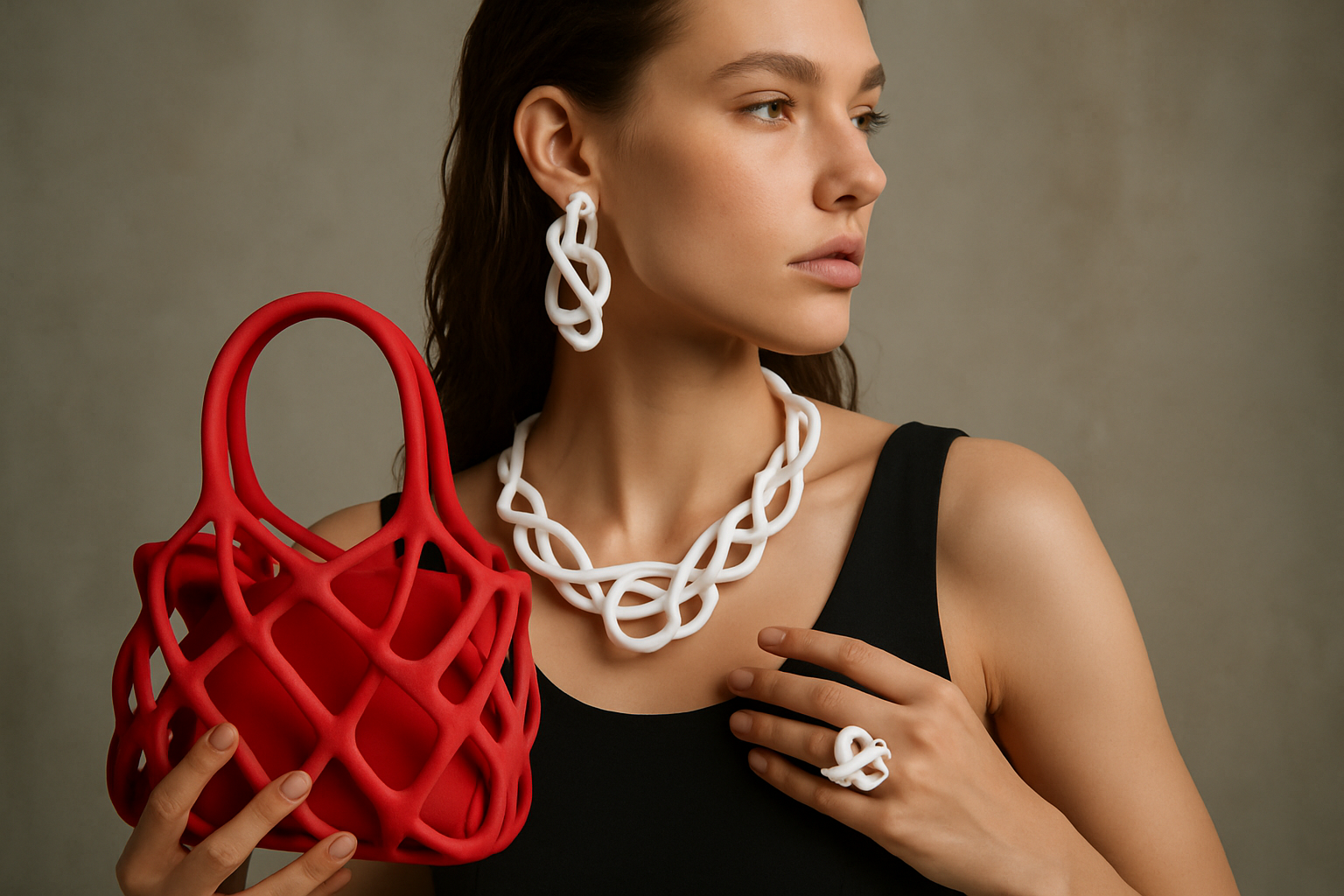A Style-Forward Guide to Mobility Aids That Blend Fashion, Function, and Inclusivity
Mobility aids are stepping into the spotlight with a stylish twist that's attracting users of all ages. This guide explores how contemporary designs are blending fashion, comfort, and innovation—transforming walking canes, rollators, and other aids into personalized lifestyle accessories seen more frequently on social media and city streets alike.

How are fashionable mobility aids changing perceptions?
Fashionable mobility aids are shattering stereotypes and challenging the notion that assistive devices must be purely utilitarian. By incorporating sleek designs, vibrant colors, and customizable features, these aids are becoming extensions of personal style rather than symbols of limitation. This shift is particularly impactful for younger users and those who view their mobility aid as a long-term companion. The integration of fashion into mobility devices is fostering a more positive and inclusive attitude towards disability, encouraging users to embrace their aids with confidence and pride.
What features make designer walking canes stand out?
Designer walking canes have come a long way from the traditional wooden stick. Today’s stylish canes boast ergonomic handles, adjustable heights, and a wide array of materials including carbon fiber, aluminum, and even luxury woods. Some feature interchangeable handles adorned with Swarovski crystals or hand-carved designs, while others incorporate LED lights for safety and visibility. Foldable options offer convenience for travel, and many models come with wrist straps or stand-alone capabilities for added versatility. The emphasis on aesthetics doesn’t compromise functionality; many designer canes are engineered to provide optimal support and stability.
How are stylish rollators redefining mobility assistance?
Stylish rollators are at the forefront of the fashionable mobility aid movement. These modern walking aids feature sleek frames in a variety of colors, from classic metallic finishes to bold, eye-catching hues. Manufacturers are incorporating elements like leather-wrapped handles, removable bags in trendy patterns, and customizable accessories to allow users to personalize their rollators. Some models even offer interchangeable panels or covers, enabling users to change the look of their rollator to match their outfit or mood. Beyond aesthetics, these stylish rollators often include advanced features like easy-fold mechanisms, adjustable handles, and enhanced suspension systems for a smoother ride.
What innovative designs are trending in mobility scooters?
Mobility scooters are embracing contemporary design principles, resulting in sleeker, more attractive models that resemble modern vehicles rather than medical equipment. Trending features include automotive-inspired LED lighting, digital displays, and smartphone integration for navigation and battery monitoring. Some scooters offer customizable body panels or wraps, allowing users to personalize their ride with unique colors or patterns. Compact, foldable designs are gaining popularity for their portability, while all-terrain models with larger wheels and improved suspension systems cater to adventure-seekers. The focus on style extends to accessories, with manufacturers offering coordinated bags, baskets, and canopies to complement the scooter’s aesthetic.
How are social media and influencers impacting mobility aid trends?
Social media platforms have become powerful catalysts for changing perceptions around mobility aids. Influencers and advocates with disabilities are showcasing how they incorporate fashionable mobility aids into their daily lives, inspiring others to view these devices as stylish accessories rather than medical necessities. Hashtags like #BabeWithAMobilityAid and #StyleNotStigma are gaining traction, creating communities where users share fashion tips and product recommendations. This visibility is not only empowering users but also encouraging manufacturers to prioritize design and customization options. The trend has even sparked collaborations between mobility aid companies and fashion designers, resulting in limited-edition collections that blur the lines between assistive technology and high-end accessories.
What are some popular brands offering trendy mobility devices?
Several brands are leading the charge in creating trendy mobility devices that combine style with functionality. Here’s a comparison of some popular options:
| Brand | Product Type | Key Features | Estimated Price Range |
|---|---|---|---|
| Rollz | Rollators | Convertible rollator-wheelchair, modern design, multiple colors | $500 - $1000 |
| Sabi | Walking Canes | Minimalist design, ergonomic grip, variety of colors | $50 - $150 |
| TravelScoot | Mobility Scooters | Lightweight, foldable, airline-approved | $2000 - $3000 |
| Byacre | Rollators | Carbon fiber frame, Scandinavian design, customizable accessories | $600 - $1200 |
| Switch Canes | Walking Canes | Interchangeable handles and shafts, artistic designs | $100 - $300 |
Prices, rates, or cost estimates mentioned in this article are based on the latest available information but may change over time. Independent research is advised before making financial decisions.
The fashion-forward approach to mobility aids represents a significant step towards inclusivity and empowerment. By blending style with functionality, these devices are not only meeting practical needs but also allowing individuals to express their personality and feel confident in their mobility solutions. As the industry continues to innovate, we can expect to see even more exciting developments that further bridge the gap between fashion, function, and inclusivity in mobility aids.




